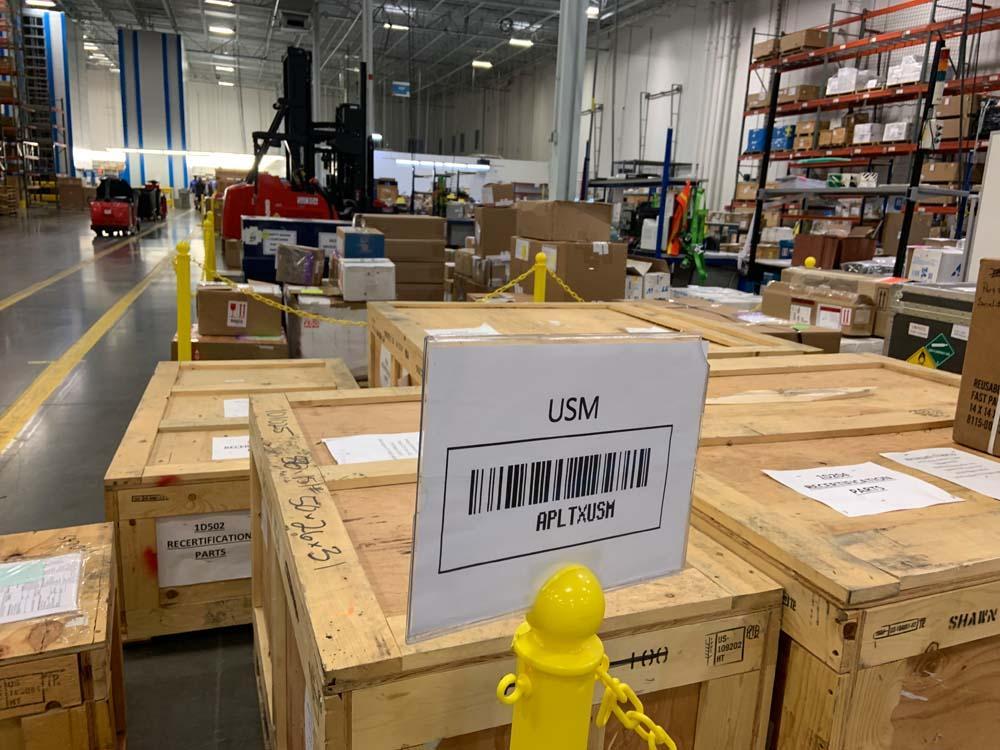
According to aftermarket specialists, rotable support contracts are essential to provide airlines with cost stability and increased operational efficiency in the current turbulent market.
According to Tom Boulcott, managing director and partner at aftermarket parts supplier Setna iO, the used serviceable material market is experiencing consistent expansion, propelled by the need for cost-effective solutions and the drive to reduce maintenance outlays. Despite challenges affecting the MRO sector, such as prolonged lead times and supply chain shortfalls, he believes suppliers are taking proactive measures to allocate resources toward asset acquisition and to align with the increased demand.
“This environment is currently causing unstable pricing on many rotable parts,” says Boulcott. “Moreover, due to a slowdown in new aircraft deliveries, airlines are utilizing their mid-life aircraft for longer than anticipated.”
Setna iO’s main contract offerings include: lease and replenishment, which allows airlines to have an agreed upon number of rotables on sight at their allocated maintenance bases; wheels, tires and brake support, which permit an agreed upon rate based on usage per aircraft; power-by-the-hour contracts, which Boulcott says are one of the most utilized in the market—and especially critical in AOG situations; and repair management contracts, which allow airlines to use a supplier’s expertise and MRO network, with the aim of outsourcing the time-consuming process of managing the often hundreds of repair needs to keep an airline operational.
“When a supplier engages in a contract to provide parts to an airline, one significant benefit is the opportunity to gather valuable technical data,” says Boulcott. “This data extends beyond the immediate requirements of the contract and can be applied to various other aspects of our trading activities.” For example, he says detailed insights into the performance, maintenance needs and reliability of specific parts can be leveraged to make procurement decisions, optimize inventory management and promote effective purchasing campaigns.
Undoubtedly, providing a dependable and cost-effective contract comes with its share of challenges, and Boulcott highlights a few common examples, including those pertaining to parts availability. In circumstances where a contracted rotable part is required and it is not readily available at Setna iO, the company will tap into supplier networks to source, purchase and deliver the required unit. Boulcott says this often means purchasing the part at a price much closer to, or in some cases above, its fair market value or a price usually acceptable when buying for its own stock.
“These scenarios can result in elevated inventory costs relative to fair market value and requires prudent financial management to maintain stability, both within the context of the contract and the broader company model,” says Boulcott.
Additionally, assets tied up in lengthy repair cycles can place significant strain on a supplier's resources and hinder operational flexibility. “Extended lead times within the supply chain can result in assets being unavailable for other contracts or customers, potentially leading to missed opportunities, so effectively managing these assets and minimizing downtime is crucial,” adds Boulcott.





